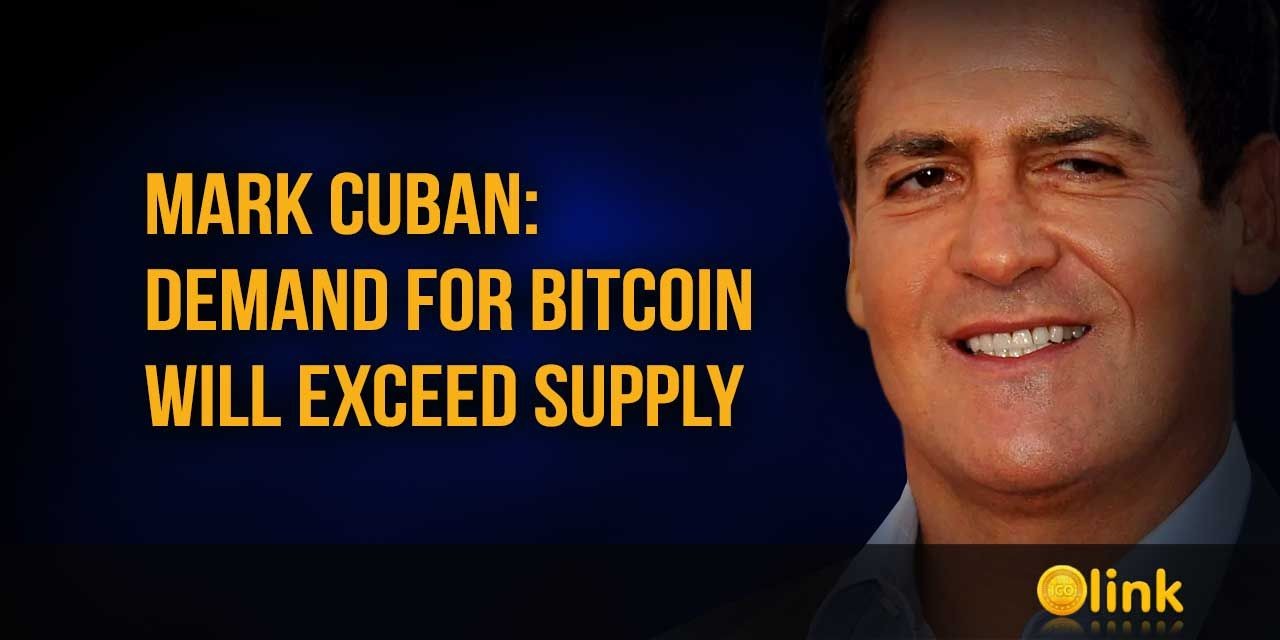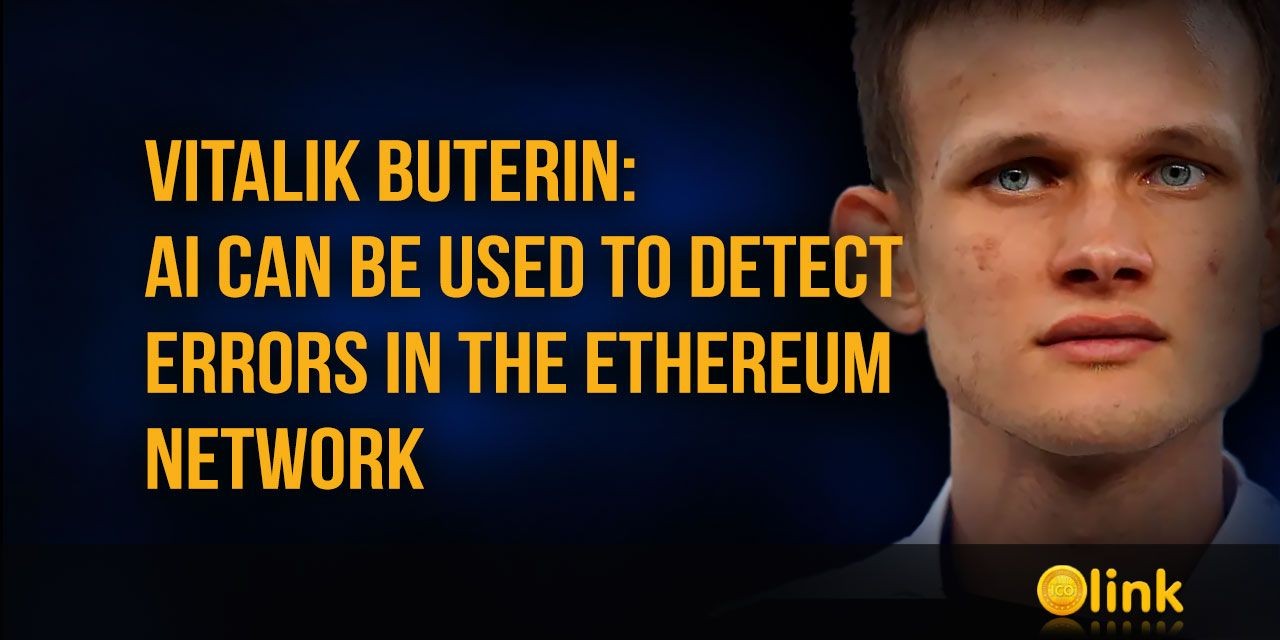ethereum network
Here you will find all posts tagged ethereum network
About ethereum network ℹ️
The Ethereum network is a decentralized blockchain platform that enables the development and execution of smart contracts and decentralized applications (DApps). Founded by Vitalik Buterin in 2015, Ethereum introduced the concept of a programmable blockchain, allowing developers to create and deploy decentralized applications that run on its network. Key features of the Ethereum network include: Smart contracts: Ethereum pioneered the use of smart contracts, which are self-executing contracts with the terms of the agreement directly written into code. Smart contracts enable trustless and automated transactions without the need for intermediaries. Ethereum Virtual Machine (EVM): The EVM is a Turing-complete virtual machine that runs smart contracts on the Ethereum network. It allows developers to write code in various programming languages and deploy it on the blockchain. Decentralized applications (DApps): Developers can build decentralized applications on Ethereum using smart contracts. These DApps can range from decentralized finance (DeFi) platforms and decentralized exchanges (DEXs) to gaming applications and decentralized social networks. Ethereum (ETH): Ethereum is the native cryptocurrency of the Ethereum network and is used to pay for transaction fees and computational services on the platform. It also serves as a store of value and a medium of exchange within the Ethereum ecosystem. Consensus mechanism: Ethereum currently operates on a proof-of-work (PoW) consensus mechanism, similar to Bitcoin. However, it is transitioning to a proof-of-stake (PoS) consensus mechanism with the upcoming Ethereum 2.0 upgrade, which aims to improve scalability, security, and energy efficiency. The Ethereum network has become a foundation for innovation in the blockchain space, enabling the creation of new decentralized applications and protocols that aim to disrupt various industries. With its robust infrastructure and vibrant developer community, Ethereum continues to be a leading platform for decentralized innovation.

